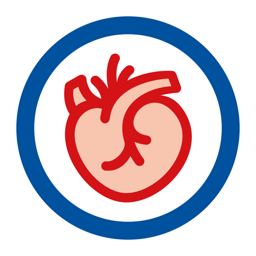Category: Publications
The Impact of Aircraft Noise Exposure on the Efficacy of Empagliflozin Therapy in an Animal Model of Obesity
Keywords: Obesity, Aircraft Noise, Diabetes, Empagliflozin, Cardiovascular Complications, Metabolism, Oxidative Stress
